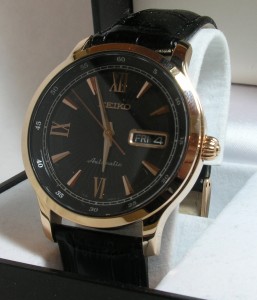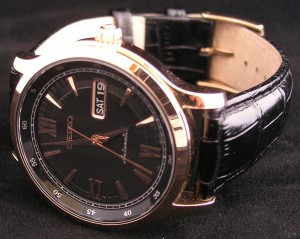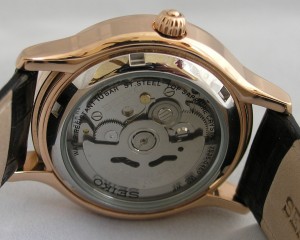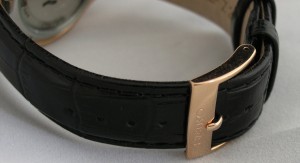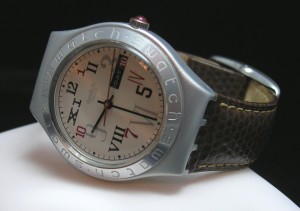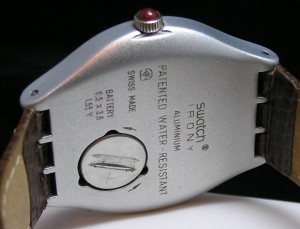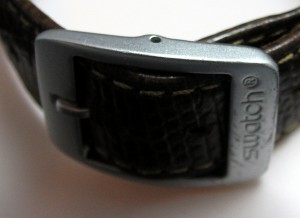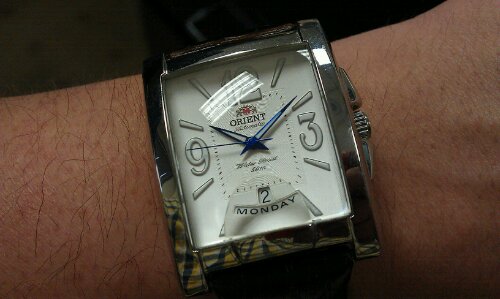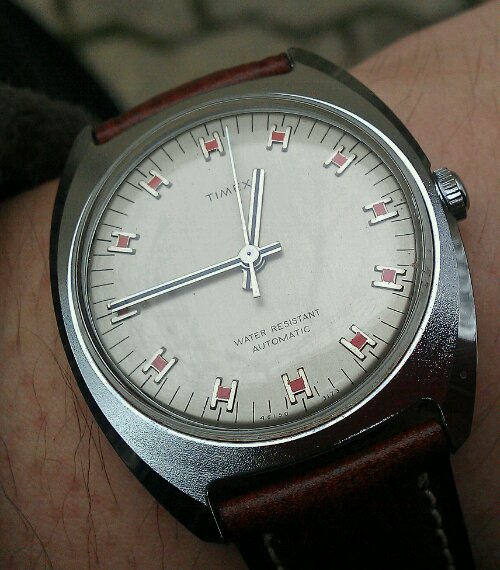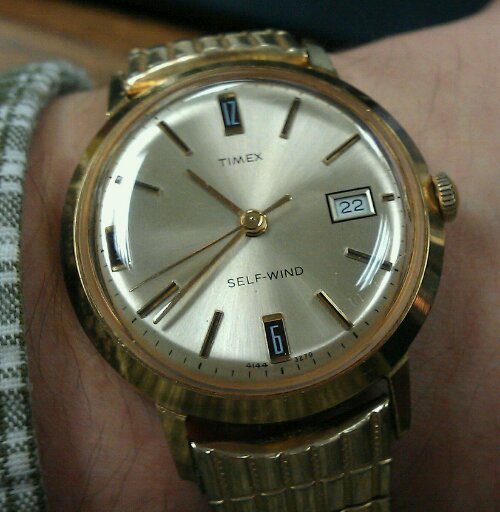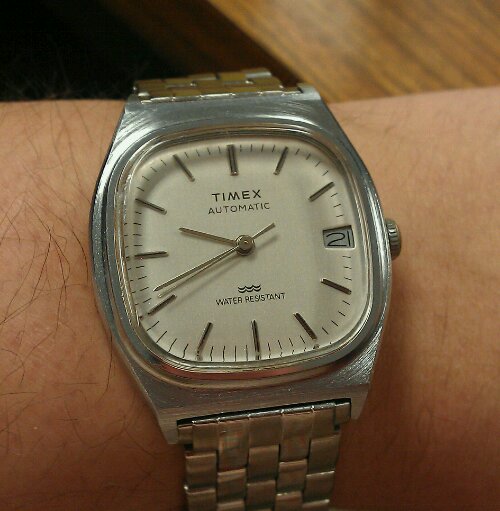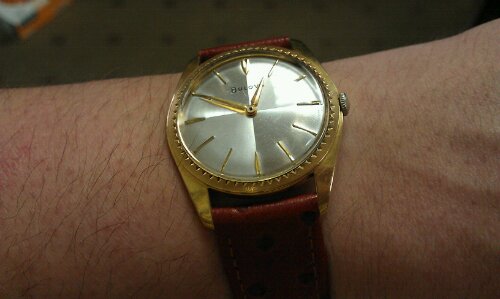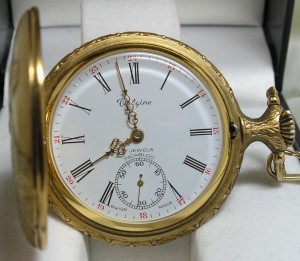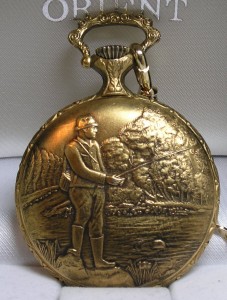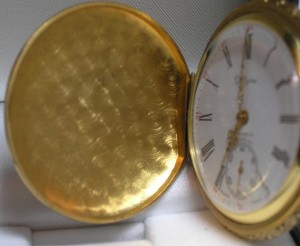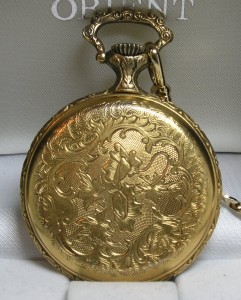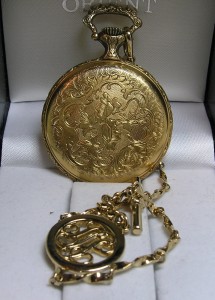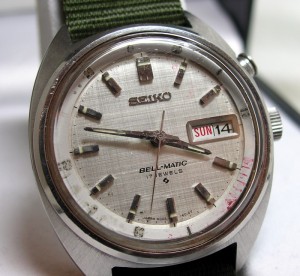In case you have been wondering why posts have been scarce, here is a repost from my main blog:
Three weeks ago, Tuesday, June 28, I collapsed on the way back from lunch at work. I had just walked up an inclined ramp when my heart started pounding and I just could not catch my breath. I clutched onto a parts cart, then I passed out. According to my co-workers, I went to my knees, then just laid down on the ground. I was out for about a minute. The next thing I remember is I was looking up at my boss, Gene, and he was telling me I just collapsed. Then another co-worker said they called 911 already, and I could already hear the sirens, since they are located across the train tracks from where I work.
I had Gene call my wife, then I was loaded onto a gurney. Within moments they had an EKG hooked up…not a heart attack, but my pulse was about 150 to 160. They also put an IV in. If you have never had an IV, they do hurt a bit going in. In about 4 minutes, I was at LaGrange Memorial hospital. Once at the hospital, I was asked if I had been sitting a long time, on a long plane ride, etc. No, nothing like that. I had been feeling odd for about a week before then, loosing my breath going up stairs. After a while, I remember my older brother was diagnosed with Factor V Leiden. This is a genetic issue with involves how blood clots and un-clots. I had a pulmonary embolism, but they did not know how bad it was yet.
First test up was an echo-cardiogram. This one is like a fancy ultrasound, but it was very hard to hold my breath. Next up was a chest x-ray. After the ER doc consulted with a couple of specialists, I was off to a CT scan of my lungs. This, again, required holding my breath and pumping me up with some dye. The results were back in about 20 minutes. Pulmonary Embolism in both lungs, big ones, old ones. They stopped counting when they reached 20. I had been living with this for a while. Most Pulmonary Embolisms are acute, mine is chronic. They gave me two options, pump with clot breakers, which has a 3% mortality rate, or perform an angioplasty on my lungs and install ‘drip lines’ of low dose clot breakers, along with a filter for my vena cava. The risk was much lower and had a better chance to work.
So, about 2 1/2 hours after I collapsed, I was wheeled into the Interventional Radiology room. I was mostly awake and they inserted 2 catheters into my jugular vein. First they checked the pressure in my heart, right side. Very high. The right side of your heart usually has very low pressure, since it only has to pump through your lungs. In my case, my poor heart had been working against so long, the right side was very strong. Pumping with about 4 times the normal pressure. For those of you who have never had the joy of an angioplasty, here is what happens. They move you onto a narrow table and kind of block you in. Next, they cover your neck with this padded sticker and cover your whole head with a tent like arrangement. Next up is a lidocane like shot for the skin on your neck. This numbs it up and then they go in. You can feel them moving stuff around your chest, it is very creepy. No pain, since there are no pain receptors in there, but you defiantly feel it and remember it. The whole procedure took about an hour and a half. They did give me some Valium to take the edge off, but other than loosing track of time, I pretty much remember everything. They also shaved part of my chest and put a holding block on there for the 4 tubes coming out of my neck. Lots of tape, more on that later.
Next up was the Intensive Care Unit. The drip lines in my lungs were getting a constant source of clot breaker. They asked me the standard set of questions; Where do am I? LaGrange Memorial. What time is it? 5:27 P.M. The seconds hand of your clock is broken, so I can’t be more accurate than that. The elicited a laugh from the nurse. What is my birthday? Etc. I spent the night in the ICU. During the night it got easier to breath. Over every house I saw my pulse going down, my oxygen going up, and just plain feeling better.
At 8:00 A.M. The next day, they sent me back down to the CT scanner for another look at my lungs. The results were back in about 20 minutes, all of the major clots were broken up, some minor ones remained, but those would break up over time. Off to Interventional Radiology again. This time, they rechecked the blood pressure on the right side of my heart, looked at the clots, and then got the okay to pull all the tubes from my neck. That part was pretty painless. What hurt (and the most painful part of the whole ordeal) was taking the tape off the right side of my check. They had placed a block to hold down the six tubes from my neck overnight. I’ll tell you one thing, removing tape from a nipple really, really hurts. They tore a little skin as well, but it was out and I was back up to my room in the ICU.
Wednesday was a day of recovery after all the tubes were out. I was feeling better already, but still not quite myself. Very tired since I only got about 2 hours of bad sleep the night before. Some visitors, but mostly rest. Sleeping on the second night was much easier than the first. They turned off some of the beeping monitors so I could sleep better. I was only woken up by the blood pressure cuff and a really bad blood draw in the early hours of Thursday. If you ever get a blood draw, never, ever, let them try to get it from your hand. It hurts like someone is digging in your hand with a knife. The next morning I learned I would be going to regular room later in the day.
On Thursday morning, before anything else, they had two “Code Blues” which are when a patient’s heart stops. So the ICU nurses were pretty busy for the morning. Talked to the doctor again, everything was looking pretty good. I did have one really good accomplishment, my first bowel movement in the hospital. You take for granted the simple things. I also had my first solid food in 2 days, and they let me walk a little bit. When I first stood up, I was really shocked how much better I felt. Even though I had not stood in two days, it was so much better than it was in the weeks leading up to my collapse. Around lunch time, Gene, my manager and the first person I saw when I woke up visited along with Diane, another person I went out to lunch with on the fateful day. The remarked how much better I looked and sounded. I really did feel better as well. Later in the afternoon, I was off to my regular room on the fourth floor.
My regular room was very nice, with a couch, view of the heliport, a few chairs and even a built in desk. It looked like a really plain hotel room. It even had a real bathroom, not a curtain affair like my ICU room. No more connected monitor, just a wireless telemeter for my vitals. My only battle was to get off my ‘mechanical/soft’ diet. I really don’t know how I got on there. No one went down my throat, and all the food looked like cat food. My little netbook really helped pass the time, since I am not a real TV watcher. That night I slept pretty darn well, since I didn’t have a blood pressure cuff waking me up every hour, on the hour. My parents, wife Tiffany, and son Glenn were all able to visit, since it was a normal room.
Friday was a pretty uneventful day. I was able to wander the halls, as long as I didn’t try to leave the floor. Finally got my diet changed to a normal one, and I really enjoyed non chopped up food for the first time in days. At noon time, three more friends from work, including Dave and Jeremy visited. It was nice to see that a lot of people cared about what happened to me. Walking again really helped my spirits as well. Saw the doctors again, they were all happy with my condition. I was also cheered up by being able to wash up better. After 3 days of no shower, you get really funky.
Just waiting for my INR levels to get higher. It was creeping up slowly, so until it gets over 2.0, I have to be on Heparin. Later in the day, when Tiffany was visiting, the primary care doctor asked if I wanted to go home the next day, if I was willing to get Lovenox shots. It was that, or stay in the hospital a week or more longer. I decided I really wanted to go home and started on the shots that night.
On Saturday, Glenn’s birthday, Tiffany came in the morning to learn how to administer the shots. They would be twice a day, until my INR was high enough. The needle did not hurt, but the chemical burned for about 10 minutes afterwards, but it was worth it. A little later, a social worker talked to us about the Lovenox shots, she thought I had no insurance, but that is not the case. With her new-found information in hand, everything we set up for picking up my prescriptions. About 11:00 or so I was released and picked up our other car at work. I felt really good. So much more aware than I have been in a long time. I never knew how much I was suffering until I had a frame of reference.
I visited the parents’ after getting out and celebrated Glenn’s real birthday with a cake and a candle. It was great to be out on his birthday and back in the real world. The next day we celebrated with a full cookout with the whole family and friends in the backyard. I was able to enjoy most of my vacation that week. We were able to go to the beach, have a picnic, and appreciate life.
After everything that happened, I do feel like a new man. I feel better now than I have in years. I don’t loose my breath going upstairs. I am not tired at 10:30 in the morning. Now, all I have to do is take a pill, get weekly blood draws until they get me level, and stay away from knife fights. You never think of pulmonary embolisms, but they are the second leading cause of sudden cardiac arrest. I hope to enjoy life more. My hands are steadier, my mind is sharper, and I can smell again. I wish I didn’t scare my family so much, but at least I came back to tell this tale. I still remember what one of the EMT guys said. Passing out is like nature’s reset button. When your body can’t deal with it anymore, it just stops everything for a minute, resets everything, and lets you know something went very wrong and you should see a doctor.
As a word of advice to anyone who has a family member with Factor V Leiden. Please see your doctor about getting tested for it and what what can you do to prevent blood clots if you are positive for it. You don’t want to end up on the ground, wondering what happened to you, like me.
Now, back to watches. I received a beautiful Seiko a few months ago, and due to my fatigue/medical issues, I haven’t had the chance to review it. I will rectify that shortly and get back into the groove of things. Also on a watch related note, my hands are much steadier now, making watch repairs much easier now.



